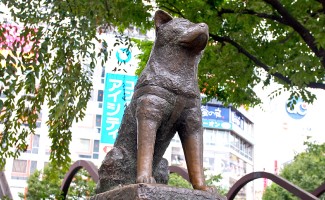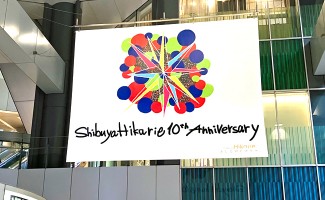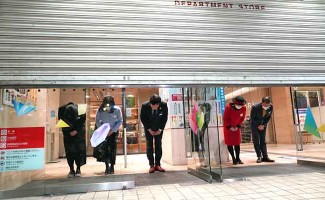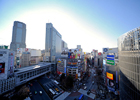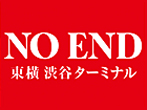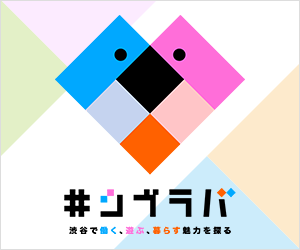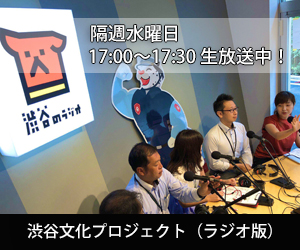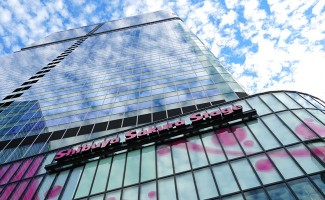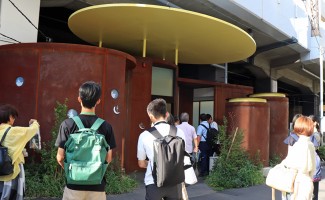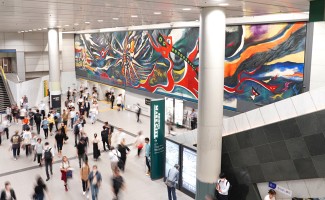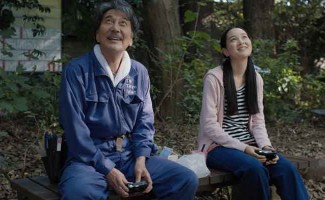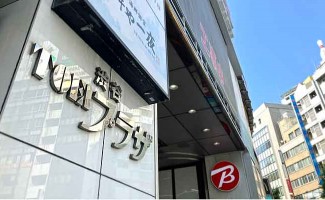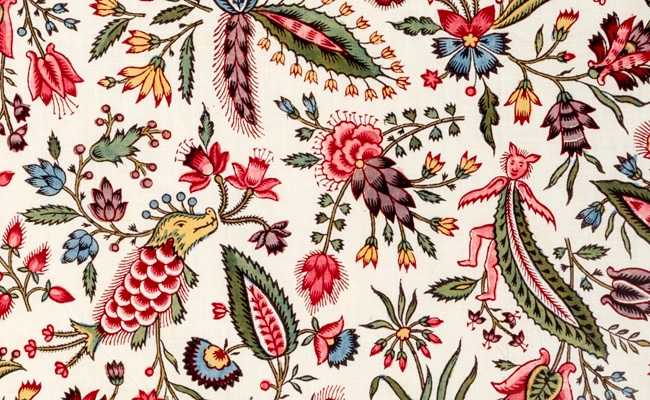
Planning Exhibition - Marie Antoinette of the West calico evolved India to roots also loved the "fabric of Jouy" is?
Such as pattern-studded countryside and a variety of flowers, exhibition to introduce Western calico with a textile design that more than 30,000 "Western calico Toile de Jouy" exhibition is currently being held at the Bunkamura Museum .
Second half of the 17th century that trade has become popular, brought over exotic chintz which was decorated with flowers and animals in Europe. The cotton print is washing is also possible, it sparked a boom between the people of Europe that has been familiar with silk and wool to it. In 1686, much of the popularity of calico production and import of cotton from, until the situation in which the wear is prohibited. On the other hand Europe own calico of the technique using the woodblock engraving has been developed as a starting point the French Marseille region by, France, the Netherlands, its spread to Europe, such as Italy.
The "Toile de Jouy" (cloth of Jouy), 1760 to do so is called that of the West calico born in was established printing plant in Versailles district near Jouy-en-Josas, German-born print technician, Christophe = which was produced by Philip O Bergkamp. Factory until 1843 to close, here is manufacturing the textile design is said to be more than 30,000 points. Cloth of Jouy by woodblock print, starts from the stylized design exotic to take over the essence of chintz, and transition to the design that was gradually developed a flower pattern of France flow. Rose, lilac, people familiar flowers such as forget-me-not is imprinted with decorative patterns of the West, began to expand the garden motif of different traveled the chintz.
In the single-color dyed by the beginning was copperplate print from 1770, countryside motifs prosperity which arranged a person. By animal painter Jean-Baptiste Yuera, people of graceful demeanor has been created many sophisticated design play in the countryside along with the animal. Business was large-scale aboard the booming economy, the factory has been closed in 1843 which has passed through the French Revolution.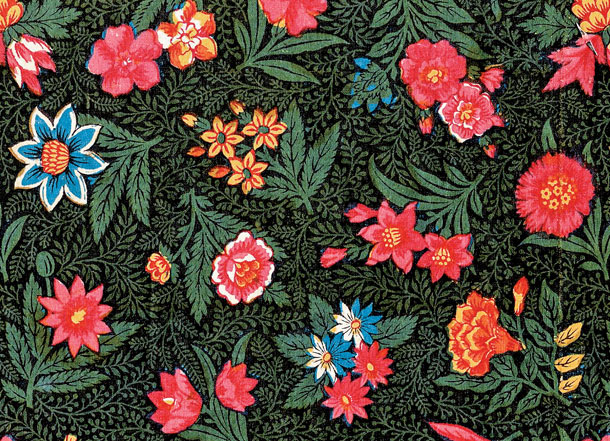 "Good Herbs" the late 18th century - early 19th century woodblock print cotton (made Jouy) Toile de Jouy Museum of Art © Courtesy Musée de la Toile de Jouy
"Good Herbs" the late 18th century - early 19th century woodblock print cotton (made Jouy) Toile de Jouy Museum of Art © Courtesy Musée de la Toile de Jouy
At the venue, series and flowers and birds of Good Herbs it was popular at that time, wear, etc. In addition to cotton fabric of the woodblock print motif pineapple, and Empire-style dress with Jouy cotton, Queen Marie Antoinette is actually also introduced, such as fragments of dress. Series of the countryside by the copperplate print that Yue has design, of 1600, which was woven the beautiful hills and countryside of Flanders in multicolored wool Flemish weave lined with tapestries, it is possible to explore the roots of the motif.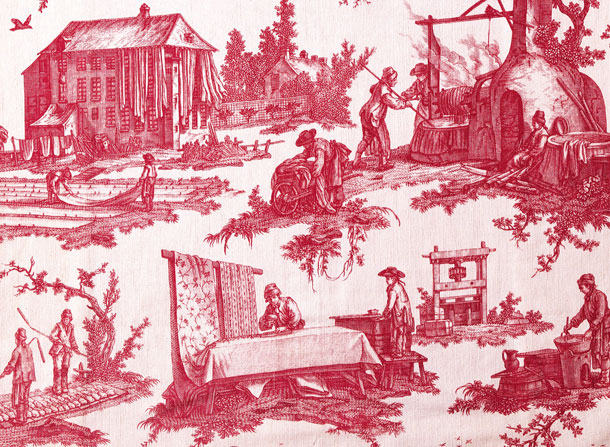 1783-84 year design by "factory work" JB Yue copperplate print cotton (made Jouy) Toile de Jouy Museum of Art © Courtesy Musée de la Toile de Jouy
1783-84 year design by "factory work" JB Yue copperplate print cotton (made Jouy) Toile de Jouy Museum of Art © Courtesy Musée de la Toile de Jouy
This exhibition is the first comprehensive introduction to what the world of Toile de Jouy in Japan. Through the "fabric of Jouy," which is on display, and William Morris, such as Raoul Dufy, along with the re-confirm that you are a strong influence on future generations of artists, it is possible to glimpse the end of the roots of textile design right.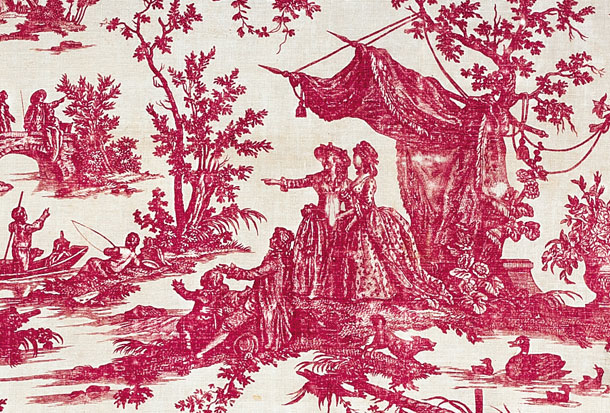 "Castle garden" JB Huet designed by 1785 copperplate print cotton (made Jouy) Toile de Jouy Museum of Art © Courtesy Musée de la Toile de Jouy
"Castle garden" JB Huet designed by 1785 copperplate print cotton (made Jouy) Toile de Jouy Museum of Art © Courtesy Musée de la Toile de Jouy
The number of born western calico time clothing and fabric, are popular in various forms today as a traditional motif wallpaper. In recent years the value of traditional techniques and crafts will be reviewed again, and distribution across the region, the charm of the West calico which has undergone its own evolution, or would invite you in the opportunity to rediscover the ages
"Western calico Toile de Jouy Exhibition"
Yes held: June 14, 2016 (Tuesday) to July 31 (Sunday)
〇 Sales: 10:00 to 19:00 every Friday and Saturday until 21:00 (Admission until 30 minutes before closing)
Yes Venue: Bunkamura The Museum / Shibuya Dogenzaka 2-24-1
Yes Rates: other general 1400 yen
Yes Closed on: session in a week
〇 Official:Http://toiledejouy.jp/
Main image: "Kokushiguru" 1775 circa woodblock print, glazing, cotton (made Jouy) Toile de Jouy Museum of Art © Courtesy Musée de la Toile de Jouy

Editorial Yokota
Born in 1980, Kanagawa prefecture. Shibuya since he moved to Tokyo in the period in the university is a sacred place of culture. While now belong to the Shibuya culture project editing unit, is the straw sandals life of two feet to act as a caregiver.

